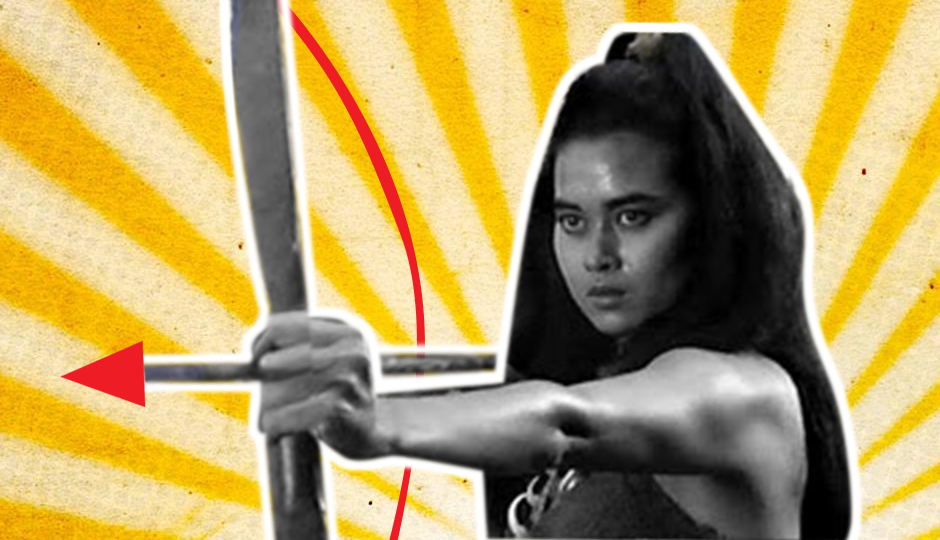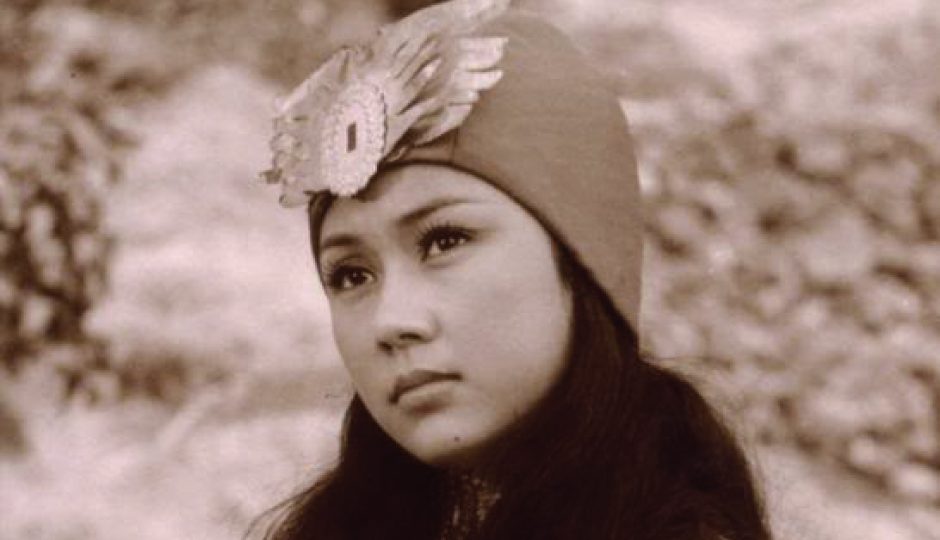Gilliw Ko is a timepiece when it comes to the preservation of Philippine film and to the manifestation of Filipino culture. Produced in 1939, the film was initially made as a musical, zarzuela. This film had its own radio theme and was the first production made by LVN pictures, a giant in the Philippine film industry that joined the likes of Sampaguita Pictures. A copy of the film was also restored and gifted by the Australians to the Filipinos, in the spirit of celebrating 100 years of independence.
Gilliw Ko follows the story of a country girl who is whitewashed, singing American songs she hears in the radio and getting drawn into the Hollywood glamor. She also receives a bountiful of affection from the son of a rich hacienda owner. She finds fame and later, takes a trip to Manila. Seeing that not everything was as she thought they were, she goes back to the province. Exchanging her once glamorous life for a simple one, she listens to Filipino music and dives in the arms of her childhood sweetheart.
This film identifies and differentiates the Filipino identity into one that has come from Manila, and one that has come from the province. It is an issue that is ever relevant and present in our society. While the film seems to have chosen a side of it, it merely tells the tale of a Filipino going back to her roots.






Comments (0)
Leave a reply